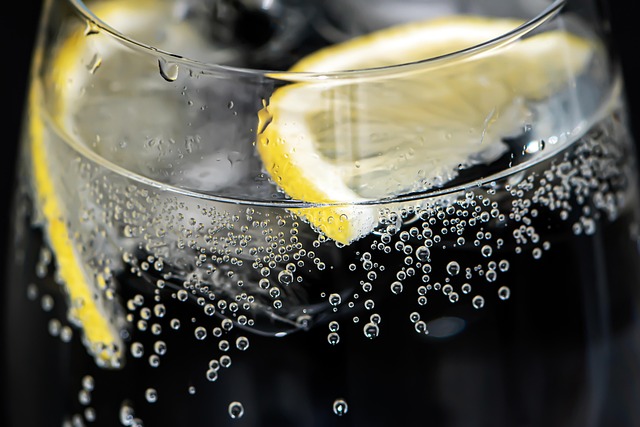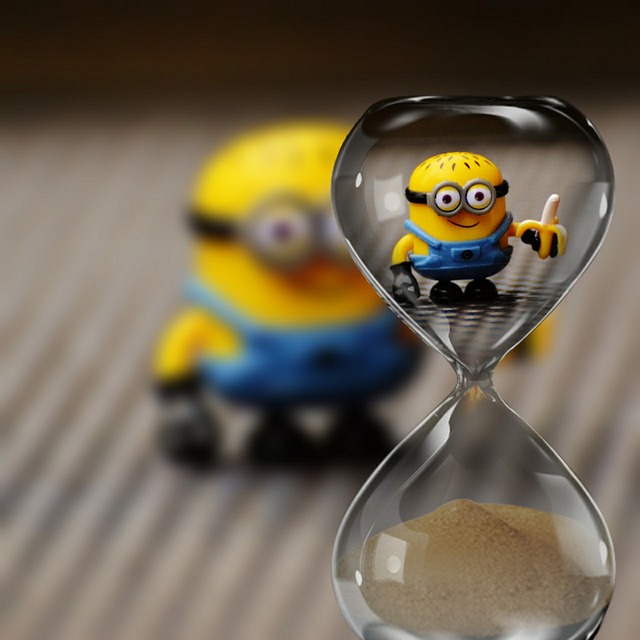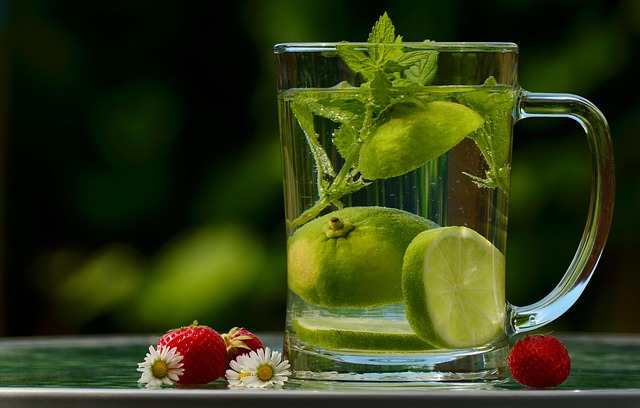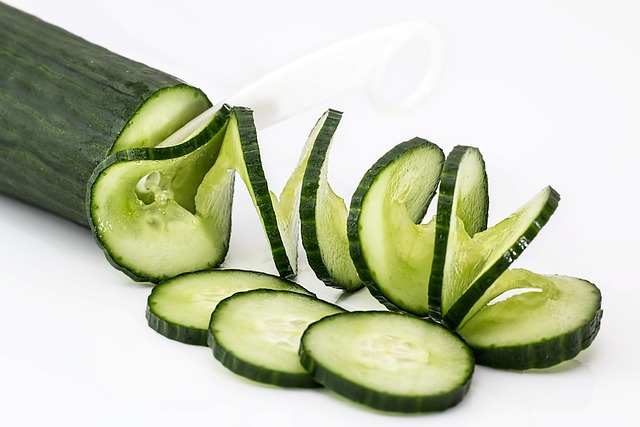The Impact of Temperature on Hydration Levels: What You Need to Know
Whether you’re heading out for a morning jog or simply going about your daily routine, understanding the relationship between hydration and temperature can make a significant difference in how you feel and function throughout the day. As temperatures fluctuate, our body’s hydration needs shift in response, often without us even realizing it.
Why Temperature Matters for Hydration
When the weather heats up, your body naturally sweats more to regulate internal temperature. This process cools you down, but it also means you’re losing essential fluids and electrolytes. If you don’t replenish these losses by drinking enough water, dehydration can set in quickly, leading to fatigue, headaches, and reduced physical performance.
On colder days, you might not feel as thirsty, but your body still requires adequate hydration. Cold air can be dry, and breathing it in can increase fluid loss through your respiratory system. Plus, layering clothes can cause hidden sweating, further increasing your hydration needs.
The Emotional Connection: Feeling the Effects of Hydration and Temperature
Many of us associate hot days with feeling sluggish or drained, and often, that’s our body’s subtle call for hydration. Have you ever noticed how much better you feel after a cold drink on a scorching day? That refreshing sensation isn’t just comforting; it’s your body responding to temperature-induced fluid loss.
Likewise, the crisp chill of winter might make you less inclined to reach for water, but feeling light-headed or overly tired can be signs that your hydration levels have dropped. Recognizing these cues is key to maintaining balance. Hydration isn’t just about quenching thirst—it’s about tuning in to your body’s needs against the backdrop of changing temperatures.
Practical Tips to Stay Hydrated Regardless of Weather
- Listen to Your Body: Pay attention to thirst signals, but also remember that thirst can be delayed, so drink regularly.
- Adjust Fluid Intake: Increase your water consumption on hot, humid days or when engaging in physical activity.
- Include Electrolytes: Consider drinks that restore lost minerals, especially after heavy sweating.
- Mind Your Environment: Use humidifiers in dry, cold seasons and stay shaded or air-conditioned when it’s hot.
- Carry Water: Always having a water bottle at hand encourages consistent hydration.
Understanding the dynamic between hydration and temperature empowers you to feel energized and healthy, no matter the weather. Your body’s balance depends on mindful hydration practices tailored to the climate you face each day.




